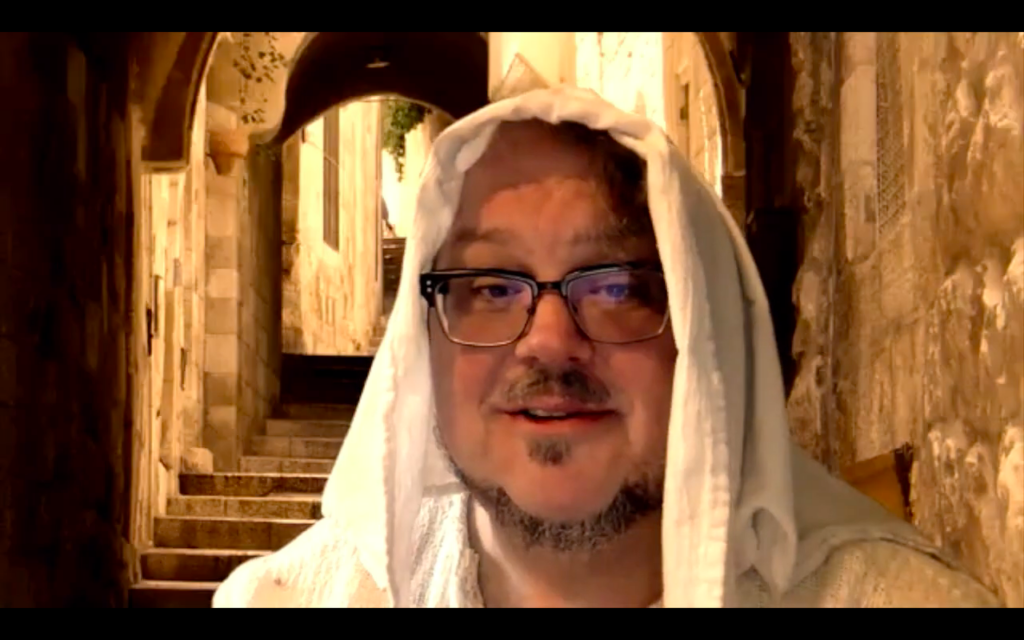I spent much of this week producing and aggregating online content suitable for UU kids. I’ve been trying to keep up with my sister, Abby, who’s been recording read-aloud videos at a breakneck pace — some of her videos have their own dedicated playlists at the UUCPA CYRE Youtube channel: Alice’s Adventures in Wonderland, and The Wonderful Wizard of Oz. I’ve been posting Beth’s Aesop’s Fables on another playlist. Yet another playlist has Amy reading aloud The Secret Garden.
And I had enough time left over to make another video in the “Things To Make” series, as well as adding another episode to the ongoing “Back in Time — to the Year 29!” saga.

It’s not easy to figure out how to make good online religious education content in the era of COVID. First and foremost, parents tell me that they don’t want another lesson plan; they’re sick of helping their kids do online school lessons, they don’t need another burden. So that means the videos I post have to require minimal supervision from an adult. Second, religious education is always optional, which means it has to be fun or engaging or no one will watch it.
These two constraints mean I have to interpret “religious education” pretty broadly. How is listening to “Alice’s Adventures in Wonderland” religious education? Well, Unitarian Universalist religious education has always included the broad goal of supporting literacy; we want children to grow up thinking for themselves, and literacy promotes that in a number of ways. So while “Alice” doesn’t have any religious content per se, it’s a book that encourages literacy because it makes kids want to read.
And how is a series on “Things To Make” religious education? Well, the things I’m showing kids how to make promote independent play; they give kids a sense of agency; they cultivate creativity instead of consumption; and they have kids engage in hands-on embodied activities as a partial antidote to the disembodied lives many of us are now forced to lead online. This is rooted in good feminist theology: promoting embodied activities, promoting agency instead of passivity.
The “Back in Time” video saga could be considered religious education by almost any definition. (Yes, it would be considered rank heresy by many, but it’s still education on a blatantly religious topic.) The Aesop’s Fables series could certainly be considered moral education. But I think both showing kids how to make things, and reading aloud to kids, help us achieve some of the larger educational goals of Unitarian Universalist religious education.
Update, July 24: I’ve now added posts with links to the “Back in Time” series of videos on Youtube, as well as to subsequent video “Stories for All Ages.” The posts are backdated to the release date of the video, and include the full script for each video. You can see the entire series of posts here.
